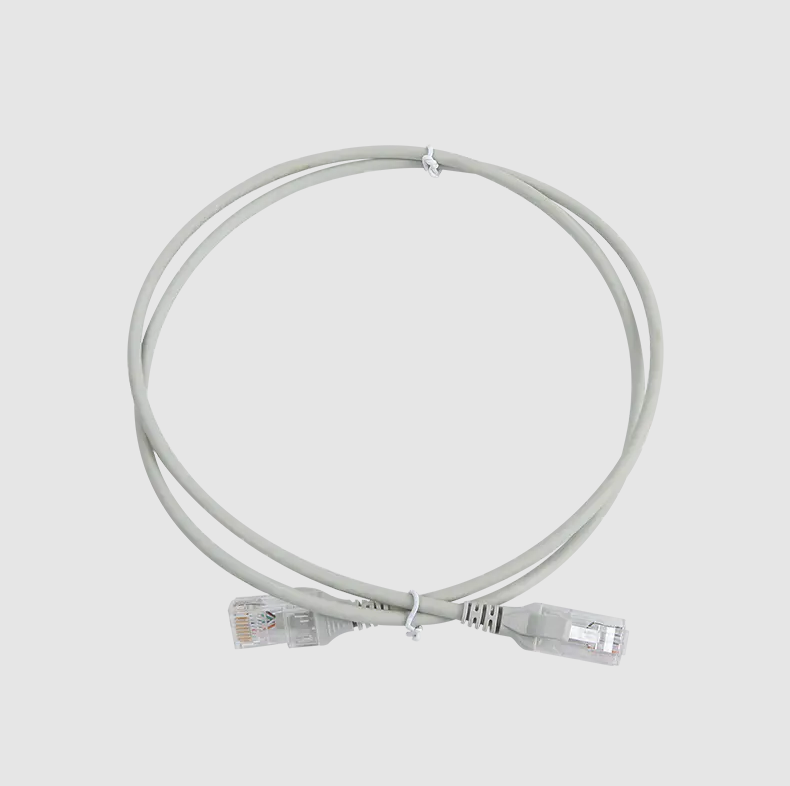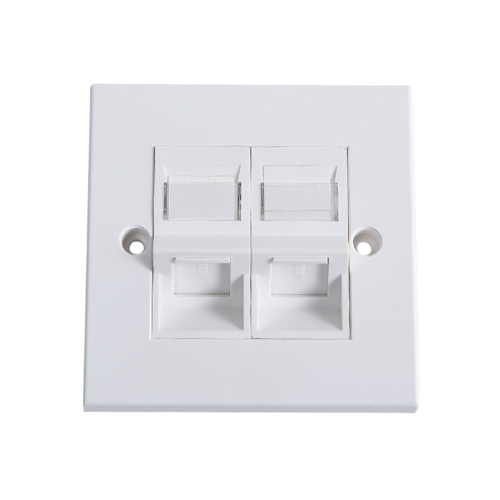In modern technology and industry, a seemingly simple small component—the Patch Cord—plays a crucial role in connection, debugging, and function switching. Whether in sophisticated electronic devices, high-speed data centers, or routine mechanical maintenance, patch cords are the "nerve endings" ensuring stable and efficient system operation.
Content
What is a "Patch Cord"?
Broadly speaking, a patch cord is a metal device used to connect two points in a circuit to achieve an electrical connection. However, depending on the application, the definition and form of patch cords vary significantly:
- On electronic circuit boards: Patch cords can refer to short-distance connecting wires, similar to "flying wires," used to change circuit functions or provide temporary connections. For example, CMOS patch cords on computer motherboards connect to specific pins via jumpers to clear system configuration data.
- In network cabling (network patch cords/fiber optic patch cords): This is one of the most common applications. A network patch cord is a cable with a connector at least at one end, used for cross-connections between devices or patch panels. Fiber optic patch cords are optical cables with connectors at both ends, used to establish movable connections in the optical path, and are a key component of optical network transmission.
- In mechanical equipment: The concept of patch cords also extends to their use as connectors or temporary leads, such as in certain testing or maintenance scenarios.

Core Functions and Value of Patch Cords
The value of patch cords lies in their efficient and flexible connectivity, especially in environments requiring frequent changes or testing:
- Function Switching and Debugging: For example, patch cords on motherboards are used to configure or clear BIOS/CMOS data, a fundamental operation for hardware debugging.
- Ensuring Data and Signal Transmission Connectivity: Fiber optic patch cords and network patch cords are fundamental to building local area networks, data centers, and telecommunications systems. According to relevant standards, the performance of network patch cords directly determines the performance of the entire channel; their quality and standardization (such as Cat 6, Cat 5e, etc.) are crucial.
- Optimization of High-Density Cabling: In space-constrained environments such as server rooms, using LC fiber optic patch cords, due to their smaller connector size, can effectively increase the density of fiber optic connectors and improve the heat dissipation environment of cables within the cabinet.
Analysis of Different Types of Patch Cords and Their Application Scenarios
Different patch cord types serve different professional fields, reflecting the professionalism of their design:
- Fiber Optic Patch Cords: They are widely used in data centers, telecommunications networks, and fiber optic distribution frames. Based on connector type, common types include LC (small size, suitable for high density), SC (push-pull structure), FC (screw fastening), and ST. Furthermore, fiber optic patch cords are also categorized by transmission mode (single-mode (medium to long distance) and multi-mode (short distance), as well as connector polishing methods (e.g., APC typically has green connectors) to distinguish specific applications.
- Network Patch Cords: Primarily used for cross-connections in LAN cabling, they are the foundation of device patch cords, quick-connect patch cords, etc. Their performance level determines the transmission rate; for example, Category 5e supports gigabit speeds, while Category 6 and Category 6A provide more stable and higher-speed transmission. They can be categorized by shielding structure into single-shielded, double-shielded, and unshielded network patch cords.
- Circuit Board Jumpers: In the electronics field, the most common jumpers are used for CMOS on computer motherboards. By shorting different pins, system configuration can be reset or specific functions can be switched.
Tip: In data transmission, compared to fixed cables in the system, the movement, addition, and changes to jumpers pose a greater risk to channel transmission. Therefore, selecting high-quality jumpers that meet standards (such as GB/T 18233.1-2022) and installing them correctly is crucial to ensuring reliable network operation.
Patchers are not just simple cables or connectors; they are bridges connecting various functional modules of a system. In modern IT and industrial applications that demand high quality, high density, and high reliability, understanding and correctly selecting different types of jumpers is essential for ensuring stable equipment operation and improving system performance.



 Español
Español عربى
عربى русский
русский













